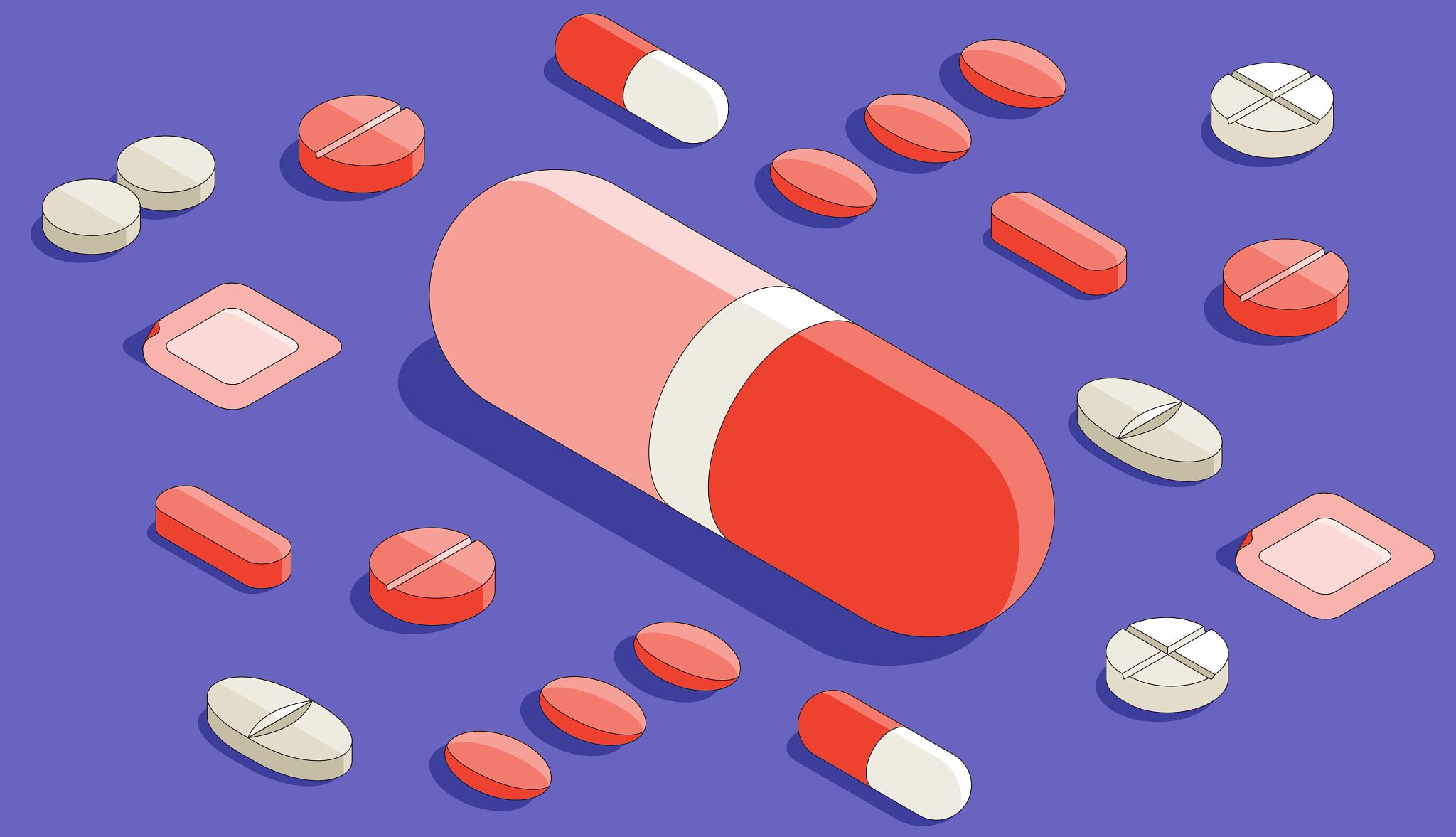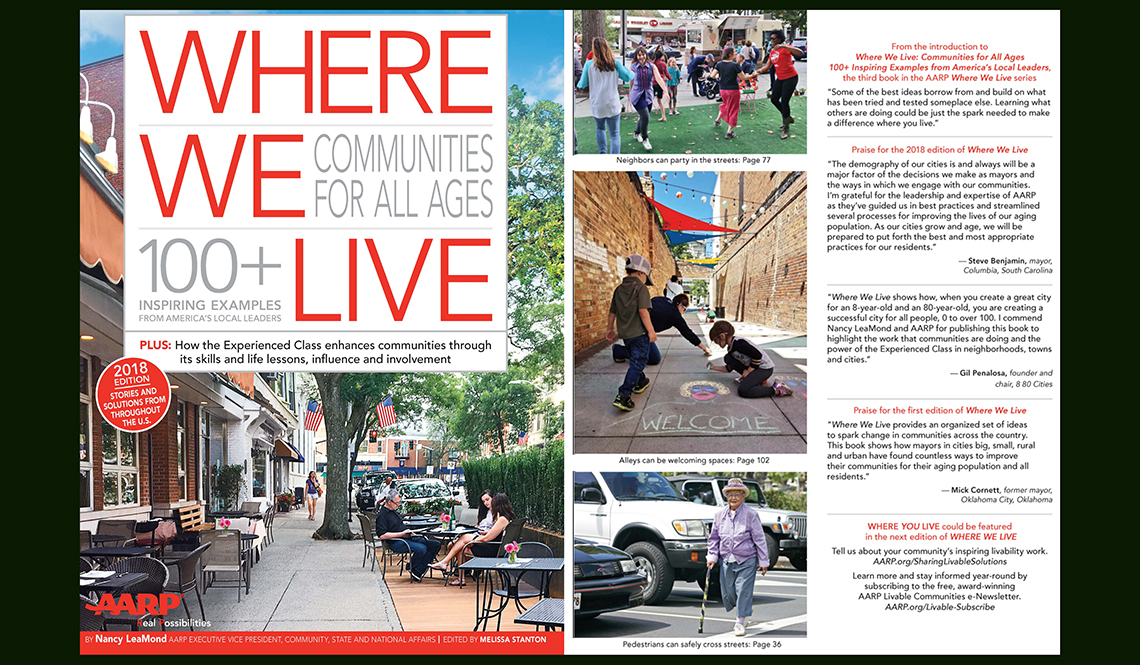
- Select a language for the TTS:
- UK English Female
- UK English Male
- US English Female
- US English Male
- Australian Female
- Australian Male
- Language selected: (auto detect) - EN
Play all audios:
OPIOIDS WHAT THEY ARE: Legal prescription opioids include hydrocodone, oxymorphone, morphine, codeine and fentanyl HOW THEY’RE USED: Extended-release-capsules/tablets may be used to provide
a baseline of pain relief, alongside a short-acting opioid as needed, Smith says. WARNINGS: Highly addictive, contributing to misuse and overdose, and they’re difficult to come off.
Constipation is common. MUSCLE RELAXANTS WHAT THEY ARE: Prescription antispastics and antispasmodics HOW THEY’RE USED: For short-term muscle pain. “Muscle relaxants were never studied to be
used long-term, but many patients are prescribed these and take them day in and day out for years,” says UC San Diego pain specialist Timothy Furnish, M.D. WARNINGS: Can increase the risk of
falls and confusion, mood swings and thoughts of suicide. ANTIDEPRESSANTS WHAT THEY ARE: Tricyclic antidepressants (amitriptyline) and SNRIs (such as duloxetine) HOW THEY’RE USED: Can be
effective for certain types of pain, such as nerve pain and migraine; sometimes used in combination with an anticonvulsant. WARNINGS: May cause drowsiness and insomnia or worsen heart
problems. Research shows these can increase the risk of falls in older adults. NSAIDS WHAT THEY ARE: Ibuprofen, aspirin, naproxen HOW THEY’RE USED: Available over the counter or in stronger
prescription formulas, nonsteroidal anti-inflammatory drugs reduce inflammation at the site of the pain. WARNINGS: Risks include gastrointestinal bleeding and kidney damage. Taking NSAIDS
for more than 15 days in a row can trigger rebound headaches in which the painkiller itself is the cause of the pain. TOPICAL WHAT IT IS: Lidocaine, capsaicin, menthol patches and creams HOW
IT’S USED: Topicals work by targeting nerve receptors under the skin, helping to relieve pain. Capsaicin (the compound that gives chile peppers a kick) is effective in treating diabetic
neuropathy, especially for those who have trouble tolerating oral medications. Lidocaine and menthol (the cooling sensation found in mint) help to relieve muscle and chronic back pain.
WARNINGS: Skin reactions, such as burning, redness and itching, as well as nausea.









